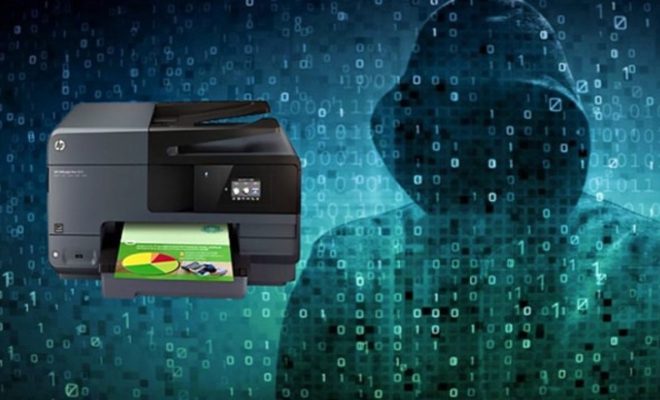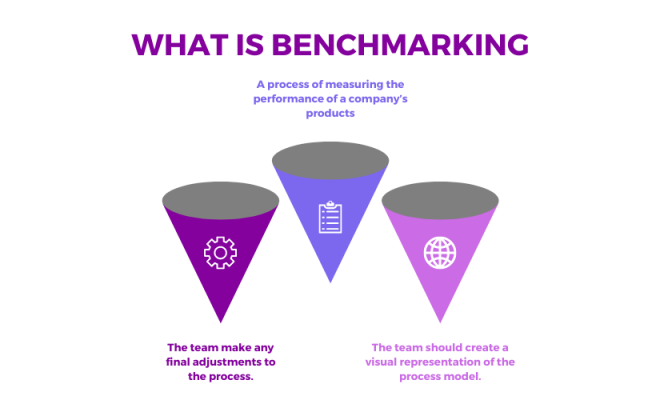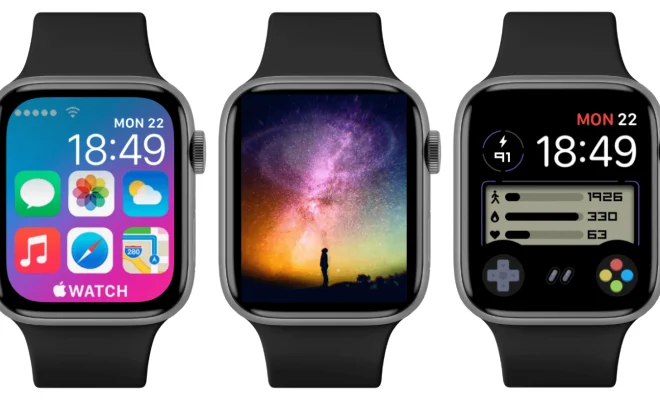Can Your Printer Be Hacked?

In today’s digital age, our devices are becoming more integrated and connected than ever before. One of the most common devices that people use on a daily basis is a printer. However, with this increased connectivity, a question arises: can your printer be hacked?
The answer is yes, a printer can be hacked just like any other electronic device. In fact, in recent years, there have been several high-profile cases of printers being compromised. For instance, in 2018, a hacker group known as the Dark Overlord was able to gain access to a medical clinic’s database by hacking into its printer. In another case, a hacker was able to remotely take control of a printer and print out a message warning of the device’s vulnerability.
One of the main reasons why printers are susceptible to hacking is due to their connectivity. Most modern printers are designed to be connected to the internet and can be accessed remotely. However, this also means that they can be accessed by hackers who have the necessary skills to exploit vulnerabilities in the printer’s software.
Another reason why printers are vulnerable to hacking is that they often store sensitive information. For example, a printer connected to an office network may have access to confidential documents or financial information. If a hacker gains access to the printer, they can potentially access this information and use it for malicious purposes.
So, what can you do to protect your printer from hackers? One of the most important steps is to ensure that your printer’s software is up to date. Manufacturers release frequent updates that include security patches for vulnerabilities that have been discovered. By keeping your printer’s software up to date, you can reduce the risk of it being hacked.
Another important step is to secure your printer’s network. If your printer is connected to a Wi-Fi network, ensure that the network is secured with a strong password. Additionally, you may want to consider setting up a virtual private network (VPN) to further protect your printer’s connection.
Finally, it’s essential to use common sense when using your printer. For instance, avoid connecting to public Wi-Fi networks, as they may be more vulnerable to hacking. Additionally, don’t print confidential documents that you don’t need or store them on your printer’s hard drive.
In conclusion, printers can be hacked, and it’s important to take steps to protect your device from potential threats. By keeping your printer’s software up to date, securing your network, and using common sense when using your printer, you can reduce the risk of it being hacked.






